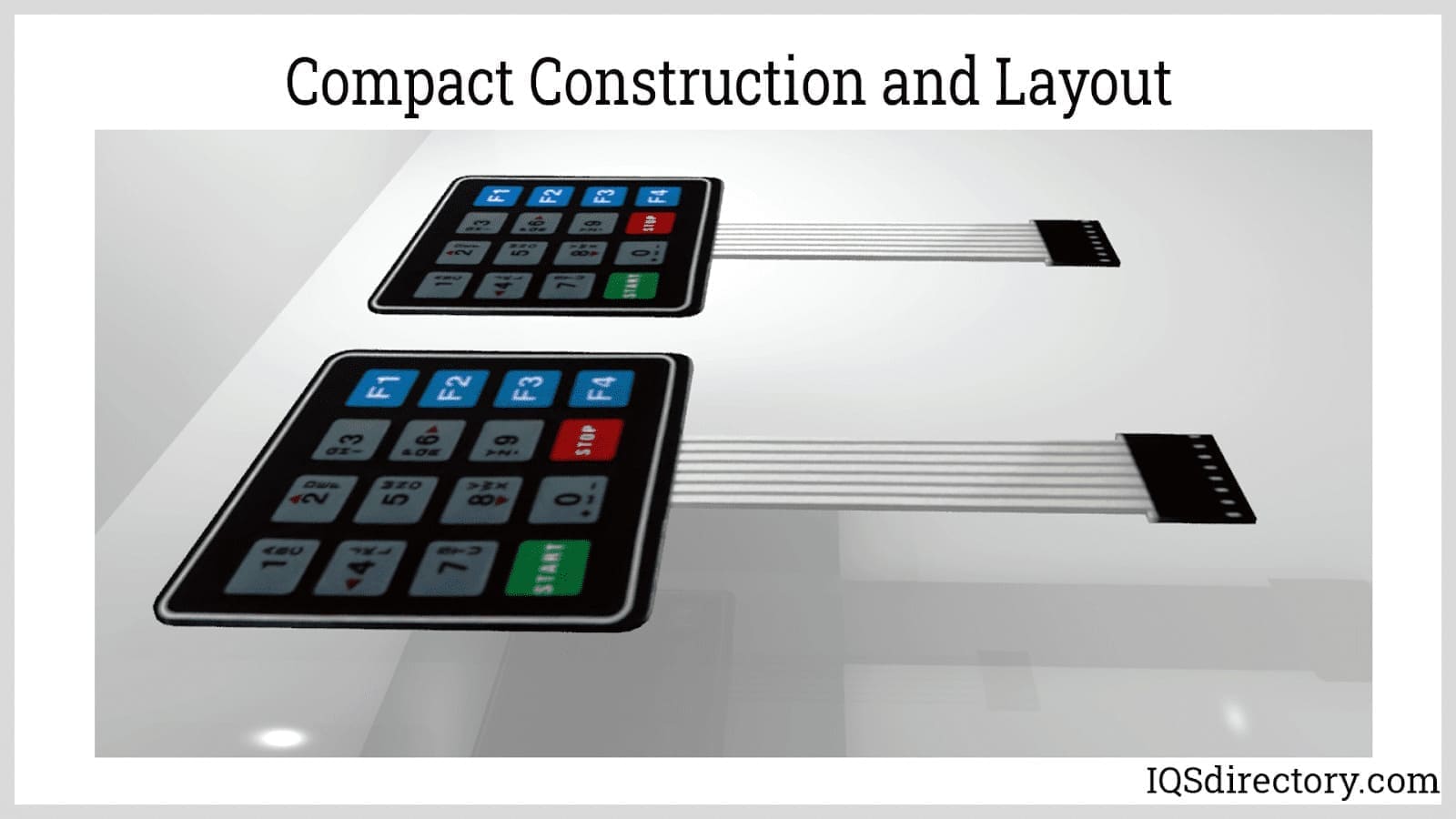Discover Just How a Membrane Switch Boosts Resilience and Capability in Tools
Discover Just How a Membrane Switch Boosts Resilience and Capability in Tools
Blog Article
Comprehending the Performance of Membrane Changes for Customer Interface Instruments
The functionality of membrane switches over represents a considerable advancement in user interface layout, incorporating efficiency with aesthetic versatility. As markets increasingly focus on user experience, understanding the subtleties of membrane button technology comes to be important.
What Are Membrane Buttons?
Membrane switches are cutting-edge user interface devices that facilitate customer interaction with digital devices. These functional parts include numerous layers, consisting of a visuals overlay, spacer, and a published circuit layer. The design permits a smooth combination right into different electronic devices, improving both the aesthetic and functional facets of individual interfaces.
Membrane layer buttons are frequently used in a variety of applications, from home home appliances to industrial machinery and medical tools. Their building and construction commonly includes a slim profile, making them an optimal choice for compact designs. The tactile feedback given by these switches can be crafted to satisfy specific individual preferences, ensuring effective interaction in between the user and the gadget.
Durability is another substantial advantage of membrane switches, as they are resistant to dust, dampness, and chemicals, which enhances their lifespan sought after atmospheres. Furthermore, these buttons can be personalized in regards to form, dimension, and graphic layout, permitting branding and user-specific functions. Generally, membrane changes stand for a practical solution for boosting user experience in electronic devices, integrating functionality with aesthetic appeal in an effective way.
Just How Membrane Switches Over Work
Operating on an uncomplicated principle, membrane switches over use a split construction to sign up user input successfully. Each button includes several layers, including a published circuit layer, a spacer layer, and a top graphic layer, which are developed to work together effortlessly. When an individual presses the top layer, it compresses the spacer layer, bringing the conductive aspects of the circuit layer right into call with each other.
This call creates a closed circuit, signifying the device to implement a details feature. The layout permits various configurations, consisting of responsive feedback, which can boost the user experience by giving a physical sensation upon activation. The products used in membrane layer buttons frequently consist of adaptable substrates, such as polyester or polycarbonate, which make certain sturdiness and durability against damage.

Key Advantages of Membrane Switches

One more significant benefit is their compactness. Membrane switches are thin and lightweight, which makes it possible for producers to conserve space in their tools without sacrificing capability. This feature is especially advantageous in applications where weight and quantity are critical considerations.
Additionally, membrane layer buttons are immune to dirt, dampness, and chemicals, boosting their toughness. This strength extends their life-span and reduces the demand for regular substitutes, resulting in cost financial savings in time.
Moreover, the responsive feedback supplied by membrane layer buttons can be enhanced to boost user communication. They can consist of features such as increased switches or distinct clicks, improving functionality and individual experience.
Applications Throughout Industries
User interface tools making use of membrane layer buttons prevail in browse this site a broad range of markets, showcasing their versatility and functionality. Membrane Switch. In the medical field, membrane switches are essential to tools such as analysis equipment and patient monitoring systems, where their sturdiness and simplicity of cleansing are vital for preserving hygiene standards. In the vehicle industry, these switches are utilized in control panel controls and infomercial systems, giving a smooth and modern-day interface for customers.
Furthermore, the customer electronics field gain from membrane layer buttons in devices and handheld tools, where portable design and straightforward user interfaces improve user experience. Industrial applications likewise leverage membrane layer switches over for control panels in machinery and automation systems, highlighting their toughness and resistance to severe environments.
In the aerospace and protection sectors, membrane switches are made use of in cockpit controls and tools, where reliability and performance under extreme conditions are vital. Furthermore, the pc gaming industry progressively includes membrane switches in controllers and game devices, adding to an engaging user experience. On the whole, the flexibility of membrane switches allows their extensive usage across many sectors, emphasizing their value in modern-day individual interface layout.
Future Trends in Membrane Switch Technology

In addition, making use of innovative products, such as polycarbonate and polyester films, is anticipated to climb, offering enhanced toughness and resistance to environmental stress factors. These materials contribute to the total longevity of membrane buttons, making them ideal for harsher industrial applications.
Additionally, the unification of smart technology, consisting of IoT connection, will certainly make it possible for membrane buttons to interact with various other tools and systems, facilitating a more interactive customer experience. This trend straightens with the expanding demand for wise gadgets throughout different sectors, from health care to consumer electronics.
Last but not least, customization alternatives are expected to expand, allowing producers to create bespoke remedies tailored to particular user needs and choices. These growths will certainly position membrane buttons as crucial elements in the advancement of interface modern technology.
Verdict
In verdict, membrane switches represent a pivotal innovation in customer interface technology, offering a reputable look at this site and versatile service for diverse electronic applications. As innovations in material science and touch picking up innovations proceed, the performance and applicability of membrane layer buttons are expected to expand, reinforcing their importance in modern digital tools.
Report this page